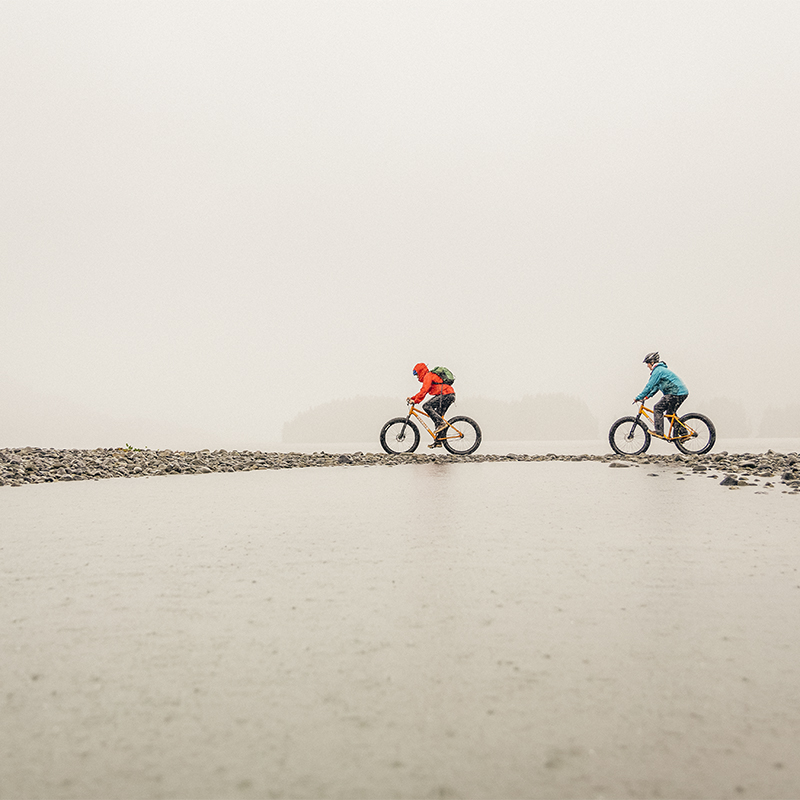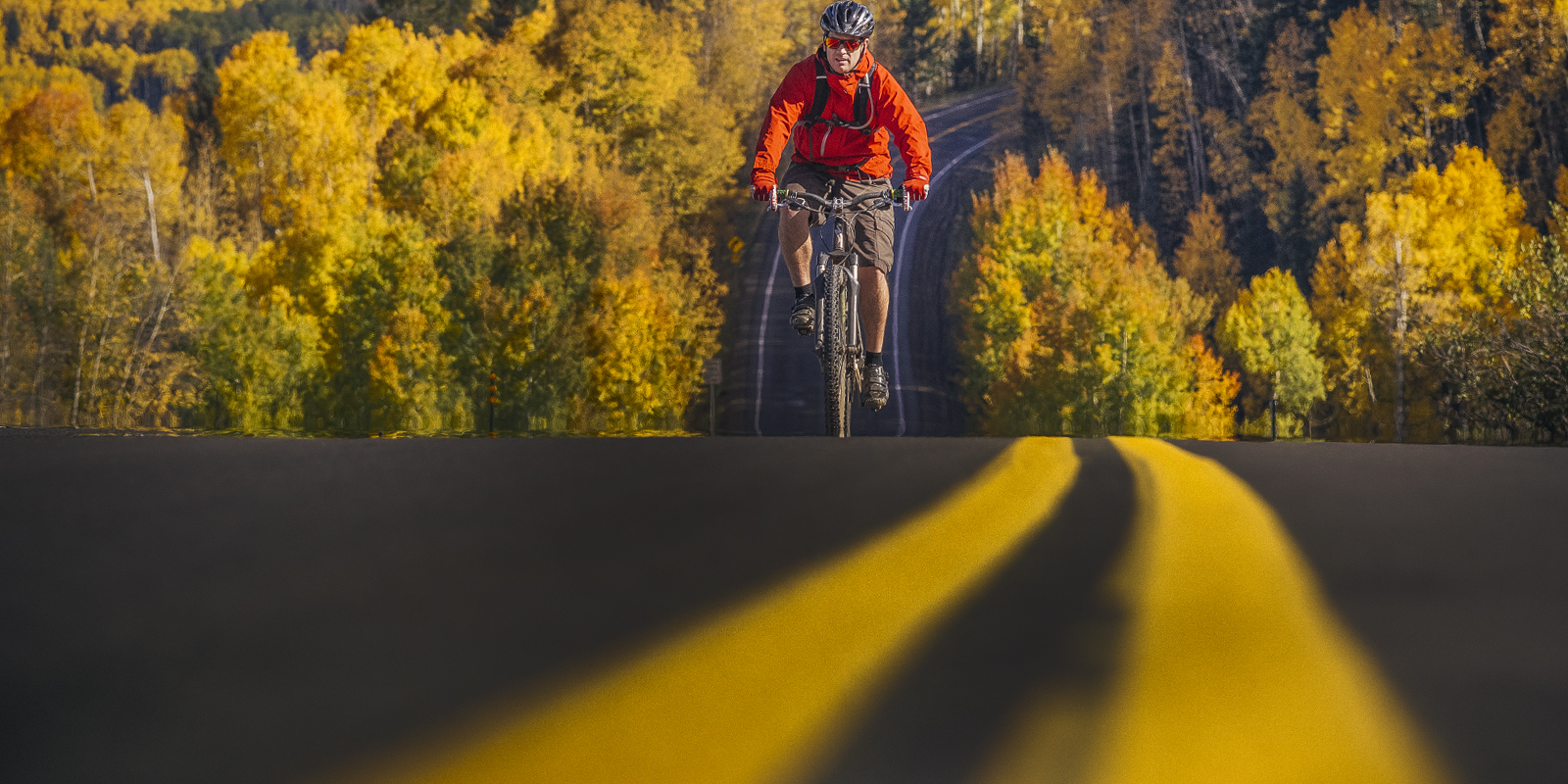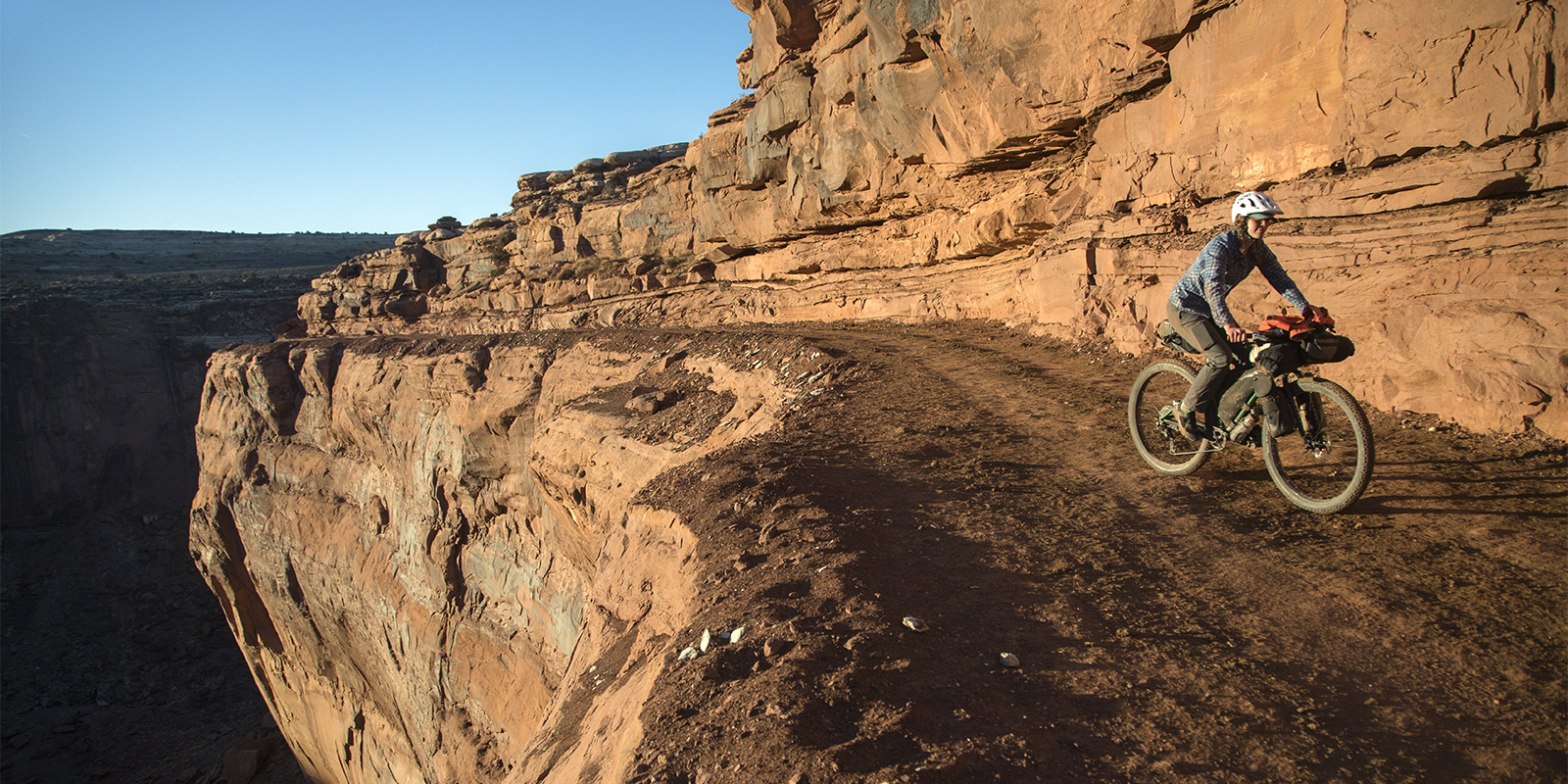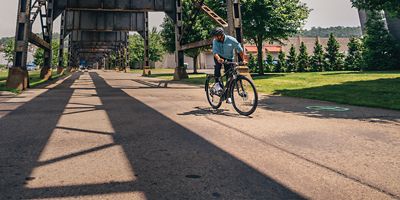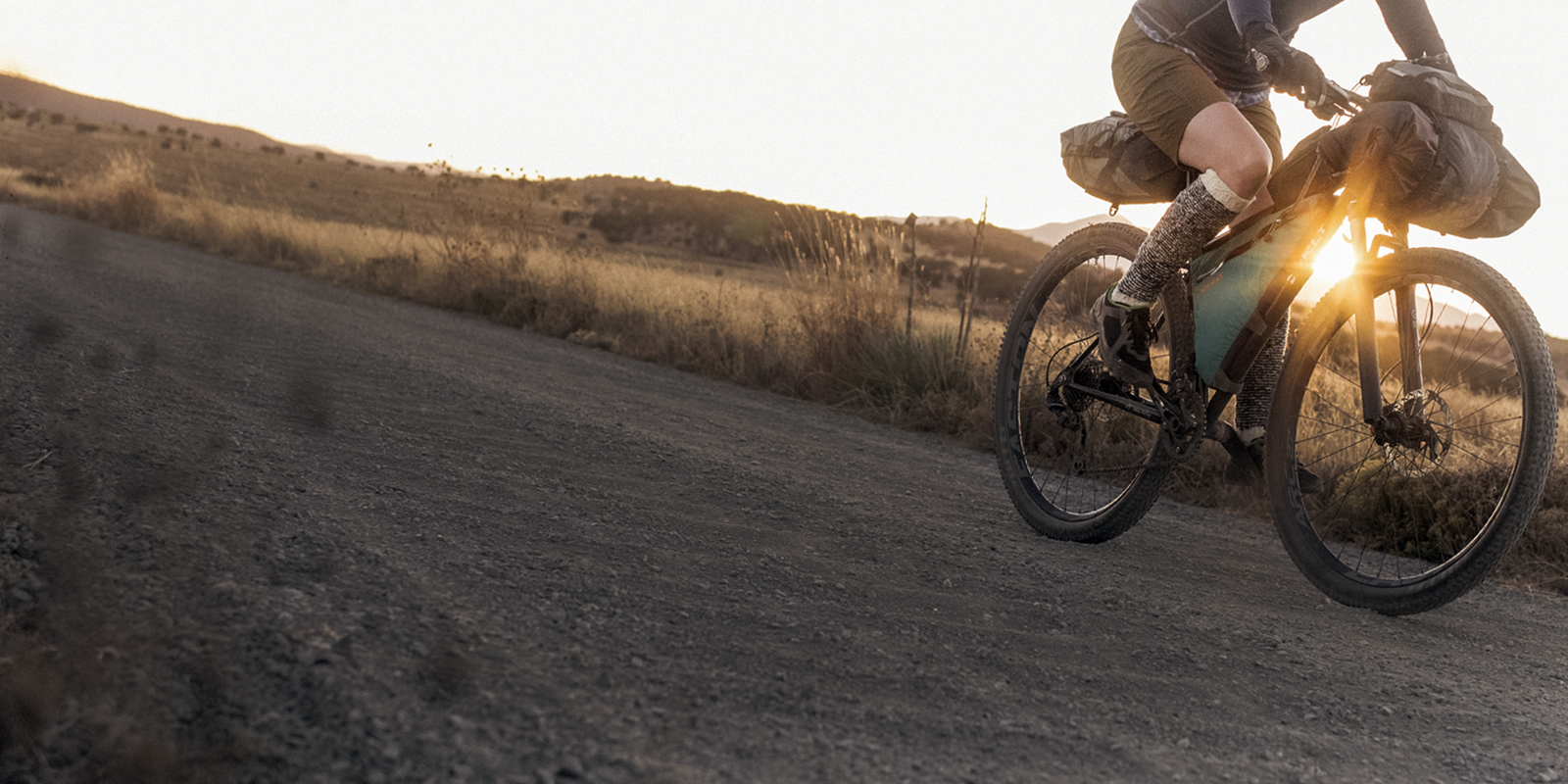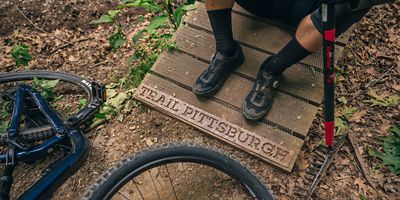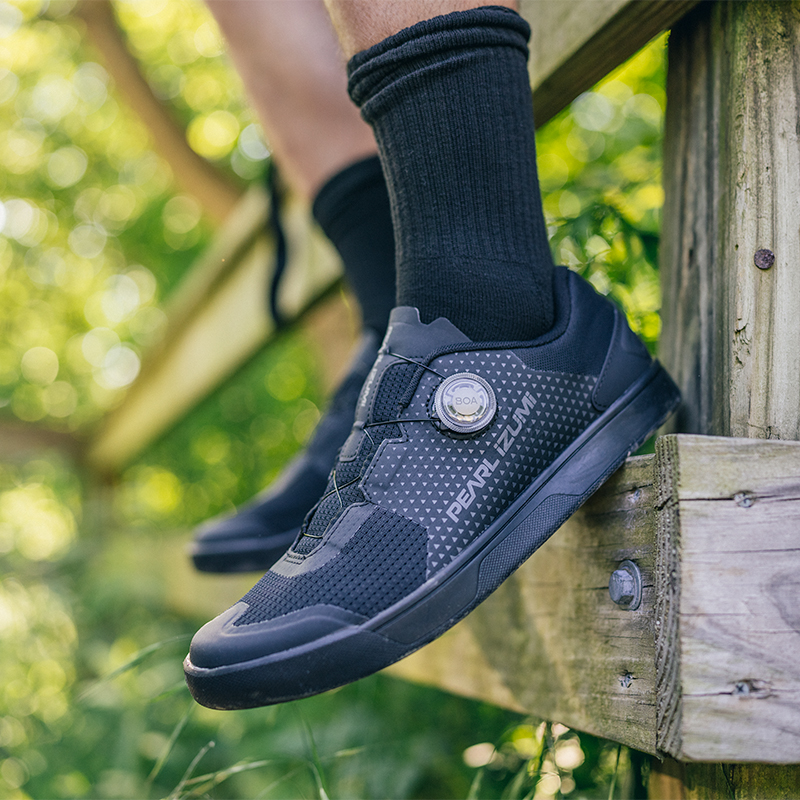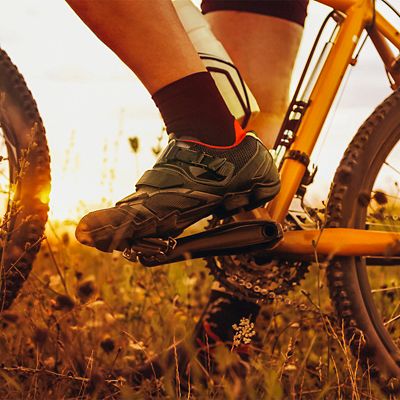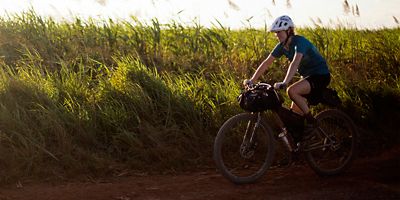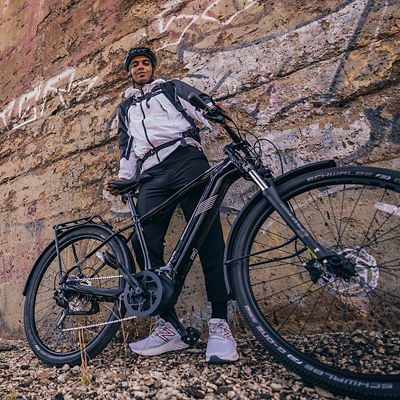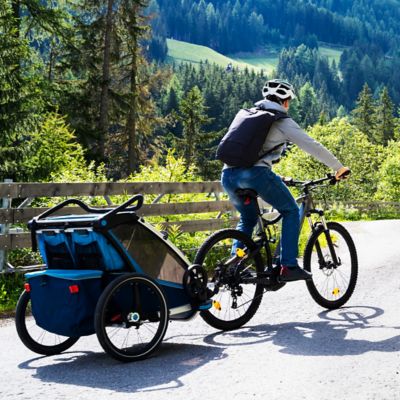
Don’t let rain get in the way of a good ride. Wet conditions can actually be a lot of fun if you embrace the challenge and adapt your technique to make it safe. And even if you don’t head out in the wet, you could be surprised by an unexpected storm or an overzealous lawn waterer. Whether intentional or not, if you find yourself in slick conditions, stay upright with these tips for both road riding and mountain biking.
Road Riding
Slow Down
A slick road surface and wet brake pads—combined—are a recipe for losing traction and sliding out in corners. Give yourself plenty of room to slow down before entering a turn.
Go Wide in Corners
Try to keep your bike more upright when cornering by taking corners at a wider angle. If you are able to, cheat into the center of the lane to prevent yourself from having to turn too tightly. Tighter turns require you to lean the bike over more, and a bike has less traction if it leans.
Beware of Paint
Painted lines, like bike lanes, crosswalks, and stop lines, can be slippier than the road surface when wet.
Avoid Debris
Leaves and loose trash can be extremely slippery. Loose sand, dirt, and gravel can turn into slick mud once wet. Look ahead and pick lines that take you down reliable, clear asphalt.
Wash Your Bike
A wet road surface can splatter your bike with junk like oil, dirt, and brake dust. This can make its way into components like your drivetrain and cassette, causing faster wear if you don’t clean it. Immediately after a ride, wipe your bike off or spray it down with a garden hose. While a full clean is best, just getting the mud and dirt off before it cakes will save time later. Make sure your chain is dry so it doesn't rust and be sure to re-lubricate it before your next ride.
Get Equipped
Love rainy day riding? Gear up. A cycling cap keeps your head dry and shields your eyes, a waterproof jacket keeps your core warm, and waterproof shoe covers keep your feet toasty.
Light Up
Even in daylight, rainy weather can limit visibility. Use front and rear lights (a flashing red one in back).


